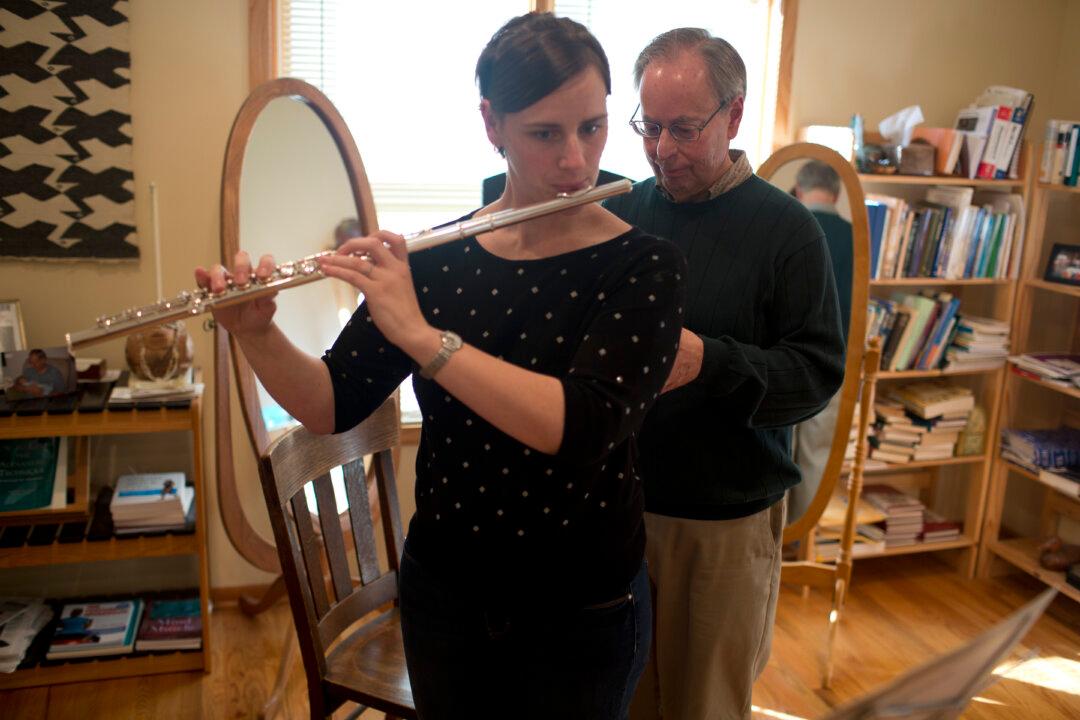You might not know exactly what bel canto singing is, but when you hear the continuous tones used in Italian opera, you are sure to recognize it.
Shrouded in mystery and vagueness, the bel canto method has a long heritage that continues to enchant the audiences even today. The singing technique goes back to 16th century Italy, with its roots even earlier, in the religious music of Middle Ages. The literal meaning of the term is “beautifully sung.”
As singing masters in Italy taught their disciples, they asked them to sing and then repeat those tones they produced which of high quality. Thus, the disciple had to remember well the successfully sung passages.
Some say Italian singing style was purposefully kept a secret because it lacked written rules. In actuality, its very approach defied rules because it was always a unique process. The reason masters taught this way was that everyone’s voice was different and since the Masters could not know in the beginning of training what a voice might be capable of, the journey that Master and disciple would take was always different.
Yet bel canto can be defined. It is particular about the continuity of tone. Mastery of the technique was to judged by the singer’s ability to pass from one tone to another without pausing. The Italian language is quite appropriate for such a style because it is very smooth and contains consonants which block vowels sounds only momentarily. Italian singers take full advantage of this fact.
Furthermore, there is almost no distinction between the first tone and the breath intake. Thus, the wording seems like a melody and it allows uninterrupted lines of tones to be sung. This is called legato. It feels natural and not something Italian singers force upon themselves.
The bel canto era peaked between 1805 and 1830 when three accomplished Italian composers created operatic masterpieces in this style: Rossini’s “The Barber of Seville” and “William Tell,” Bellini’s “Norma,” “La Sonnambula,” and “I Puritani,” and Donizetti’s “Lucia di Lammermoor” and “Anna Bolena.” Their works highlighted light, soaring sopranos and tenor arias while emphasizing the beauty of tone in the expression of florid and ornamented music.
This style was opposed to the later-coming dramatic German school style which was weightier and more serious in terms of spiritual impact on the masses.
Although some talk about bel canto with nostalgia and as something lost long ago, it is kept through today in the performances of Joan Sutherland, Kathleen Battle, and Andrea Bocelli. Some say bel canto will live as long as Italian singing does.
Teatro Comunale Bologna (Emilia-Romagna) will host performances of Bellini’s “I Puritani” from Jan. 8 to 17. For more information, please visit: http://selectitaly.com/events.php.
Shrouded in mystery and vagueness, the bel canto method has a long heritage that continues to enchant the audiences even today. The singing technique goes back to 16th century Italy, with its roots even earlier, in the religious music of Middle Ages. The literal meaning of the term is “beautifully sung.”
As singing masters in Italy taught their disciples, they asked them to sing and then repeat those tones they produced which of high quality. Thus, the disciple had to remember well the successfully sung passages.
Some say Italian singing style was purposefully kept a secret because it lacked written rules. In actuality, its very approach defied rules because it was always a unique process. The reason masters taught this way was that everyone’s voice was different and since the Masters could not know in the beginning of training what a voice might be capable of, the journey that Master and disciple would take was always different.
Yet bel canto can be defined. It is particular about the continuity of tone. Mastery of the technique was to judged by the singer’s ability to pass from one tone to another without pausing. The Italian language is quite appropriate for such a style because it is very smooth and contains consonants which block vowels sounds only momentarily. Italian singers take full advantage of this fact.
Furthermore, there is almost no distinction between the first tone and the breath intake. Thus, the wording seems like a melody and it allows uninterrupted lines of tones to be sung. This is called legato. It feels natural and not something Italian singers force upon themselves.
The bel canto era peaked between 1805 and 1830 when three accomplished Italian composers created operatic masterpieces in this style: Rossini’s “The Barber of Seville” and “William Tell,” Bellini’s “Norma,” “La Sonnambula,” and “I Puritani,” and Donizetti’s “Lucia di Lammermoor” and “Anna Bolena.” Their works highlighted light, soaring sopranos and tenor arias while emphasizing the beauty of tone in the expression of florid and ornamented music.
This style was opposed to the later-coming dramatic German school style which was weightier and more serious in terms of spiritual impact on the masses.
Although some talk about bel canto with nostalgia and as something lost long ago, it is kept through today in the performances of Joan Sutherland, Kathleen Battle, and Andrea Bocelli. Some say bel canto will live as long as Italian singing does.
Teatro Comunale Bologna (Emilia-Romagna) will host performances of Bellini’s “I Puritani” from Jan. 8 to 17. For more information, please visit: http://selectitaly.com/events.php.







